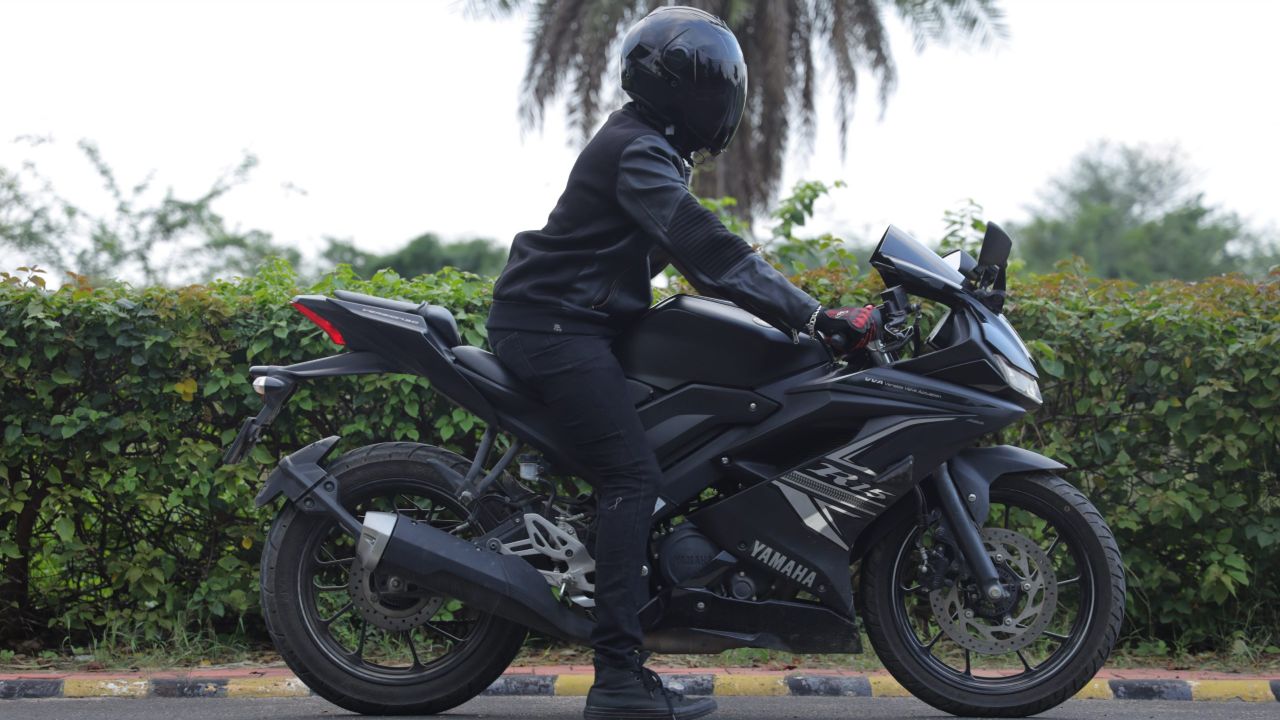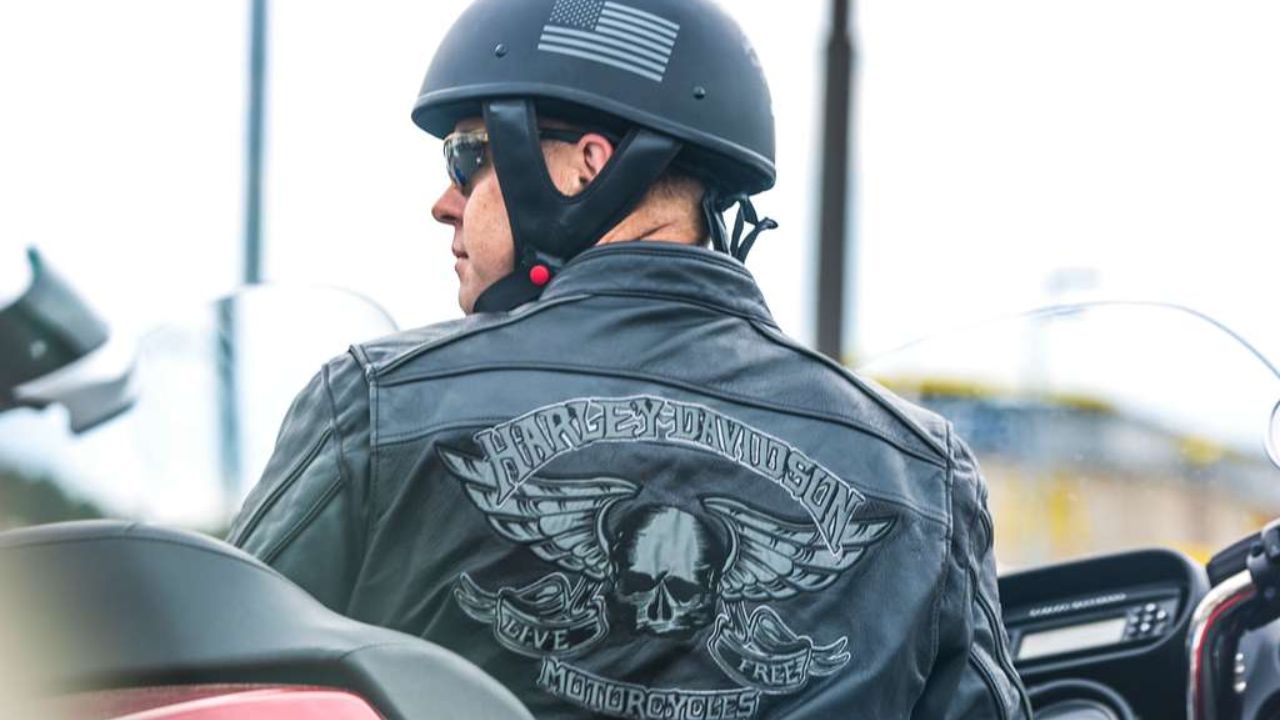
A Rating Motorcycle Clothing: What You Need to Know
Motorcycle clothing is essential for safety and comfort, protecting riders from the elements and reducing the risk of injury in an accident. But with so many brands and types of gear available, how can you ensure that the clothing you choose offers the highest level of protection and performance? One crucial factor to consider when evaluating motorcycle gear is its rating, as these ratings help assess the effectiveness of the clothing in different conditions. In this blog, we’ll dive into rated motorcycle clothing, explaining what these ratings mean, how to interpret them, and why they’re essential for your safety on the road.
1. Understanding Motorcycle Clothing Ratings
Motorcycle clothing ratings evaluate the protective qualities of gear such as jackets, pants, gloves, boots, and suits. These ratings are designed to provide consumers with clear, standardized information about gear performance, helping riders make informed decisions when purchasing clothing for their rides.
There are several types of ratings, but the most commonly used ones focus on abrasion resistance, impact protection, and weather resistance. CE Certification and European Standard EN 13595 are the two key standards recognised globally for motorcycle gear ratings. Let’s explore these in more detail.
2. CE Certification: The Gold Standard in Safety
One of the most widely recognized safety certifications for motorcycle clothing is the CE Mark (Conformité Européenne). This indicates that the gear has passed specific tests for protective performance. The CE mark is not just a seal of approval; it guarantees that the clothing meets specific safety standards for motorcycle riders.
For motorcycle clothing, the CE rating is often categorized by levels, from Level 1 to Level 2, depending on the protection intensity. Level 2 provides more protection than Level 1 and is typically used for armor in jackets, pants, and suits.
Here’s a breakdown of what CE Certification means in the context of motorcycle gear:
-
CE Level 1: This level of protection is the minimum standard. It offers adequate protection against abrasions but doesn’t have the same high level of impact resistance as Level 2 gear. Level 1 is generally suitable for lighter, more casual riding.
-
CE Level 2: This offers a higher level of protection. CE Level 2 gear is made with durable materials that resist impacts and abrasions. Gear with this level of protection is typically worn by riders who engage in more aggressive or high-speed riding.
When shopping for motorcycle clothing, it’s essential to look for CE certification to ensure the gear has been tested and approved for safety.
3. European Standard EN 13595: Testing for Durability and Impact Resistance
The EN 13595 standard is another key rating for motorcycle clothing, particularly when evaluating gear's abrasion resistance and durability. This standard tests gear by simulating real-life accident scenarios to see how well clothing can withstand impacts, friction, and extreme conditions.
EN 13595 is often used to rate motorcycle jackets, pants, and suits. It focuses on materials’ performance when subjected to high-speed slides or abrasions, mimicking what a rider would experience during a fall. This test evaluates the fabric’s ability to resist wear and tear, ensuring that the clothing stays intact during an accident and provides the rider with optimal protection.
Gear rated under EN 13595 is considered to be among the highest in durability and protection. While CE certification focuses more on impact protection, EN 13595 ensures the clothing can hold up under extreme conditions and continue to protect you if the worst happens.
4. Armor Ratings: Impact Protection for Key Areas
In addition to abrasion resistance, another critical factor in evaluating motorcycle clothing is the armor it contains. Many motorcycle jackets and pants come equipped with protective armor in areas such as the shoulders, elbows, knees, and back. Armor is rated for its ability to absorb impacts and distribute force across the surface to minimize injury.
Most armor follows the CE Level 1 and CE Level 2 ratings discussed earlier. CE Level 1 armor is sufficient for most everyday riders, offering adequate protection in the event of a fall. However, if you're a more aggressive rider or planning to do long-distance touring, opting for CE Level 2 armor is recommended. Level 2 provides excellent protection against high-impact scenarios and offers better shock absorption.
5. Weather Ratings: Stay Comfortable and Dry
While safety ratings are vital, the weather-resistant qualities of motorcycle clothing are also important, mainly if you ride in varying climates or all seasons. Motorcycle gear is often rated for water resistance, breathability, and insulation to keep you comfortable on long rides.
When shopping for weather-rated gear, pay attention to factors like:
-
Waterproofing: Many motorcycle jackets, pants, and suits are designed with waterproof linings to keep riders dry in wet conditions. Look for “waterproof” or “water-resistant” ratings to gauge how effectively the clothing keeps rain out.
-
Breathability: If you ride in warm conditions, you’ll want gear that allows air to flow freely, helping to regulate body temperature. Gear made with breathable fabrics like Gore-Tex or other moisture-wicking materials is ideal for staying calm.
-
Insulation: For colder climates, insulated gear or layered clothing that can be added or removed as needed is essential. Motorcycle clothing designed for winter often has thermal liners to keep riders warm in freezing temperatures.
By checking the weather-related features and ratings of motorcycle gear, you can ensure that your clothing will perform well in the conditions you most frequently ride in.
6. How to Choose the Right Motorcycle Clothing Rating for You
When selecting motorcycle clothing, it’s important to balance safety with comfort and performance. Here are a few tips to help you choose the best-rated clothing for your needs:
-
Consider Your Riding Style: CE Level 1 protection may be sufficient if you're a casual rider. However, if you ride long distances, on highways, or engage in more aggressive riding, CE Level 2 gear provides superior protection.
-
Look for Multiple Safety Features: Look for gear that combines CE certification, EN 13595 abrasion resistance, and impact protection in the form of armor. The more layers of protection, the better.
-
Weather Considerations: Depending on where you ride, make sure your gear is rated for the weather conditions you frequently encounter. Look for waterproof, breathable, or insulated options that suit your environment.
By evaluating the rating of the motorcycle clothing you’re considering, you can make an informed decision prioritising your safety, comfort, and performance on the road.
Conclusion:
Motorcycle clothing ratings are crucial to ensuring that the gear you wear provides the highest level of protection. Understanding CE certifications, EN 13595 standards, and armor ratings allows you to make an informed choice when purchasing gear that will keep you safe on the road. Whether riding casually or pushing the limits on high-speed tracks, investing in well-rated motorcycle clothing ensures the best protection.
As a rider, your safety should always come first. When shopping for motorcycle clothing, don’t just focus on style and comfort—make sure the gear you choose meets the necessary safety standards and provides the durability and impact protection needed to ride confidently.






Leave a comment
This site is protected by hCaptcha and the hCaptcha Privacy Policy and Terms of Service apply.